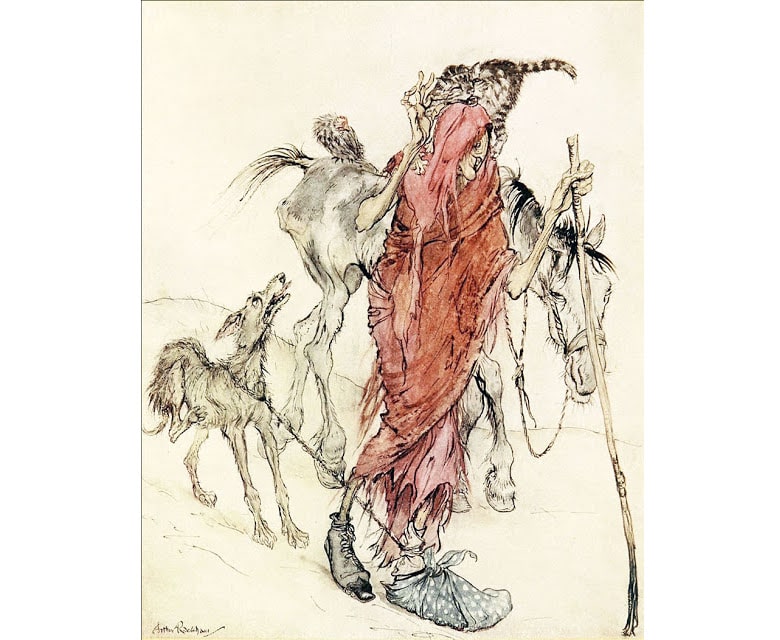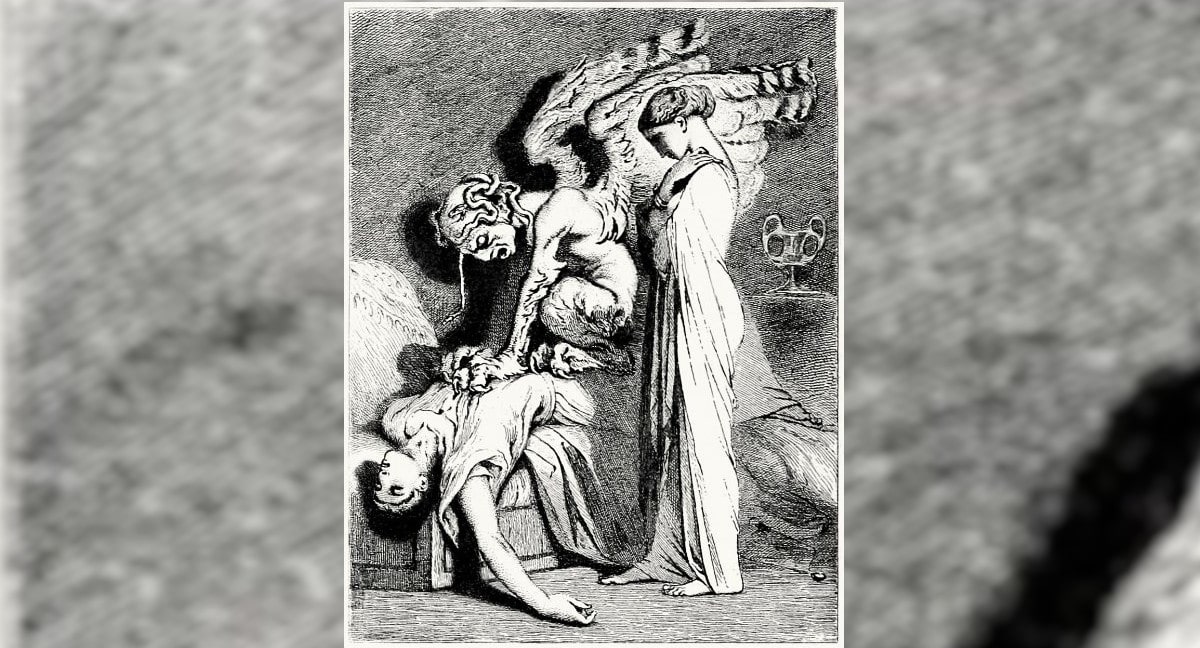The Boohag is a mythical creature that has been the subject of many stories and legends, primarily in the southern regions of the United States. The Boohag is a supernatural being that is said to inhabit the swamps and backwoods of the American South. It is often described as a shape-shifting creature that can take on various forms, including that of a beautiful woman, an animal, or even an inanimate object. It is also sometimes used in relation to or in comparison to similar legends such as the night hag, succubus, or even the pale lady well-known for its inclusion in the Scary Stories to Tell in the Dark books.
The legend of the Boohag has its roots in African folklore, specifically the stories of the “Hag” or “Haint,” which were supernatural beings that were feared by African slaves in the southern United States. Over time, these stories became intertwined with the beliefs of the local indigenous populations and the superstitions of the early European settlers in the region, resulting in the development of the legend of the Boohag.
The Boohag is believed to be a malevolent creature that preys on humans, particularly young children. It is said to be able to enter a person’s home through the cracks and crevices of doors and windows, and it can also slip through keyholes and chimneys. Once inside, the Boohag will torment its victims by whispering to them, pulling their hair, or causing unexplained noises and movements.

The origins of the name “Boohag” are not entirely clear. Some suggest that it may be derived from the French word “bogey,” which means ghost or hobgoblin. Others believe that it may have African roots and is derived from the term “boo,” which is used to scare someone.
There are many different versions of the Boohag legend, each with its unique variations and interpretations. In some stories, the Boohag is a vengeful spirit of a woman who died in childbirth or was mistreated in life. In others, it is a malevolent entity that was conjured up by practitioners of dark magic.
In some versions, the boohag and sleep paralysis are intertwined. These versions are generally synonymous with the other words often used such as night hag or the succubus.
Another version of the Boohag legend tells of a woman who was so vain and obsessed with her beauty that she made a pact with the devil. In exchange for eternal youth and beauty, she promised to give the devil her firstborn child. When the time came for the devil to collect his prize, the woman reneged on her promise, and the devil cursed her to wander the earth as the Boohag, preying on the children of others.
In yet another version of the Boohag legend, the creature is said to be the spirit of a woman who was murdered and left to rot in the swamp. Her vengeful spirit, unable to rest in peace, haunts the swamp and preys on those who venture too close.
Regardless of the specific version of the legend, the Boohag is always depicted as a terrifying and malevolent creature that is to be feared and avoided at all costs. In some stories, it is said that the only way to protect oneself from the Boohag is to sprinkle salt around the doors and windows of one’s home or to place a horseshoe above the door.
One of the Most Famous Boo Hag Legends
One Boohag legend tells the story of a woman accused of witchcraft, which takes place in a small southern town. The woman, whose name has been lost to time, was a healer and midwife who was well-respected in the community. However, her success and knowledge of herbal remedies and childbirth led some to believe that she was practicing witchcraft.
One day, a young woman in the town fell ill, and the local doctor was unable to cure her. The woman’s parents turned to the midwife for help, and she was able to cure the young woman using her herbal remedies. However, some members of the community saw this as proof that the midwife was practicing witchcraft.
Rumors began to circulate about the midwife, and soon, a group of townspeople accused her of being a witch. Despite her protests of innocence, the midwife was arrested and brought before a magistrate. The magistrate, under pressure from the townspeople, found the midwife guilty of witchcraft and sentenced her to be burned at the stake.
As the midwife burned, she cursed the town and vowed to return and take revenge on those who had wronged her. According to the legend, the midwife did return, in the form of the Boohag, a supernatural creature that preys on humans.
— FOUNDATIONS OF HORROR —
Further explore these subgenres & tropes. more>>
#Capital M Monsters | #Supernatural horror

The Boohag is said to have haunted the town for years, tormenting the descendants of those who had accused the midwife of witchcraft. It would enter homes through cracks and crevices and torment its victims by whispering to them, pulling their hair, and causing unexplained noises and movements.
To protect themselves from the Boohag, some people in the town would sprinkle salt around the doors and windows of their homes or place a horseshoe above the door. However, despite these precautions, the Boohag continued to haunt the town, a reminder of the terrible injustice that had been done to the midwife.
There are many variations of the Boohag legend, but the story of the midwife accused of witchcraft is one of the most well-known. The legend has been passed down through generations and continues to be a popular topic of conversation and storytelling in the southern United States.
References:
American Myths, Legends, and Tall Tales: An Encyclopedia of American Folklore, vol 1, p. 148
“Charleston Ghosts”. Archived from the original on 2007-02-25.
Last Updated on April 19, 2023.

